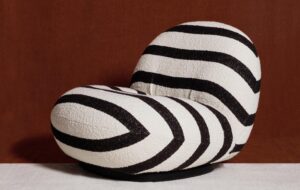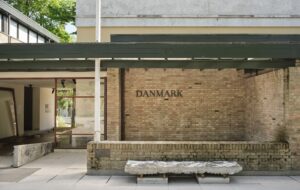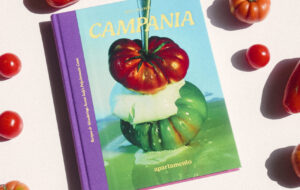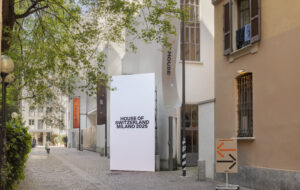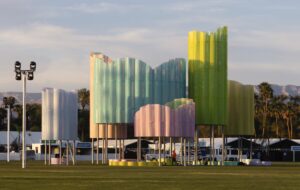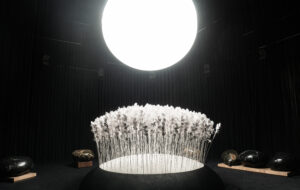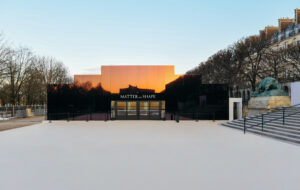|
|
||
|
There is a box of magnifying glasses at the entrance to Stephen Walter’s exhibition The Island: London Series. It’s a courteous gesture. Walter’s hand-drawn maps are an overwhelming mass of cramped detail. From a distance, they’re impossible to take in and appear to be a featureless mass of grey. It’s only close up that the features become clear – flags, pubs, battles, names, logos, and row after row of identical little terrace houses. This is London, at first impression an undifferentiated, sprawling mass, which then partially clarifies into a cacophony of disorganised detail, and ultimately resolves into a fabulous mosaic of the familiar and unfamiliar. The viewer’s immediate urge, on being presented with The Island, is to find his or her home. But it’s not their London – it’s Walter’s London. Our mental Londons – even people who have never visited the city have them, based on portrayals of it and news from it – are as unique as we are, shaped by our lives and viewed through the prisms of our personalities. Walter’s London is alien to me, and my London is clearly alien to Walter, as he has slapped a warning about violent crime over the neighbourhood I live in. This is a glimpse into memory and personal history as much as it represents geography and civic history. You don’t just get the exact site of the Battle of Turnham Green (1649), you also get the place where the artist got his head stuck in the closing doors of a Tube train.
In a further act of defamiliarisation, Walter has presented the capital’s boundary as a coastline, rendering the city an island in an uncharted sea. The intent behind isolating it in this way is to say something about the city’s semi-detached relationship with the rest of the country, and to intensify by contrast the density of the urban mass. London is insular, a world city in the sense that it is a world unto itself, and all the world is here – a diversity emphasised by the flags studding The Island, marking out different ethnic communities.
Its amateurish qualities, and its ready humour, bring to mind the folksy charm of the Maps From Memory Flickr group, but this masks a darker feel. It nods at obsession and compulsion, and the fabulous effort and patience it must have taken hint at the amazing outsider art produced by some autistic people. As an attempt to organise a riot of competing, unrelated and incoherent layers of meaning into a single system, it suggests the pareidolia of conspiracy theorists divining Satanic symbols in the Tube map, and producing fabulously deranged diagrams to explain their delusions. Which is not to question Walter’s sanity, but to argue that there is an honesty to this exhibition of his own mental recesses that reminds us that we’d all appear a bit loopy if onlookers could see our thoughts and memories. Instead of this total openness, however, we are mostly mental islands to one another. And there are islands within The Island. The Thames, the capital’s most significant internal boundary, becomes a strait, making this twin islands; plus, there are outcroppings around it, such as Esher. Furthermore, as the whole drawing fills a large wall, it’s too big to be taken in all at once, so 32 individual prints, each depicting a London borough, have been extracted from the master plan, and are displayed around it. The Island becomes an archipelago, the way that our own view of the city is an island chain of little scraps of territorial knowledge and histories, each centred on a Tube or bus stop. It’s only with the accumulation of years of exploring and remembering that these islets begin to link up and give a sense of the whole. The Island: London Series is at the City Inn Westminster , London, from 15 April to 18 July www.tagfinearts.com
|
Words William Wiles |
|
|
||






